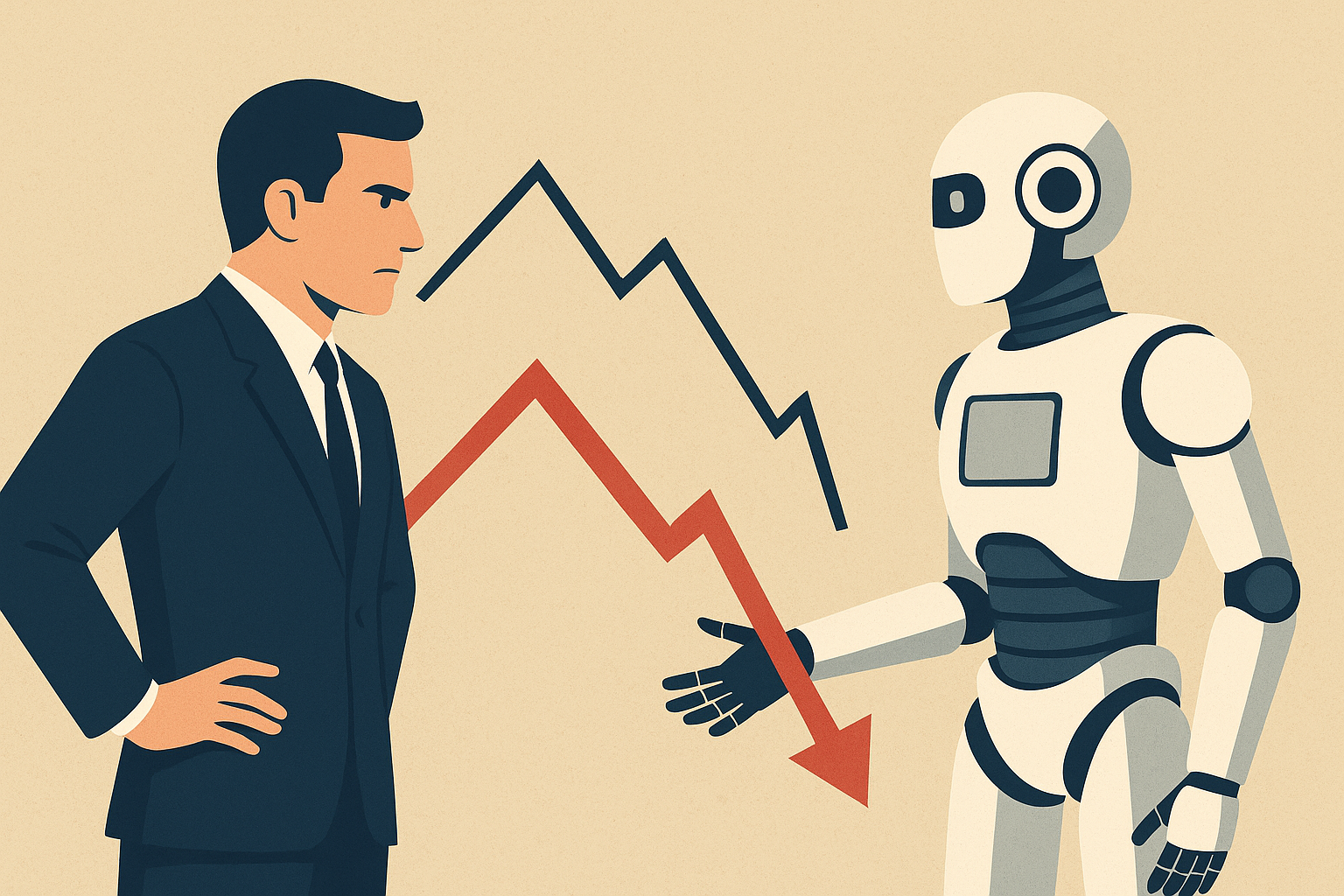The Hidden Cost of Outsourcing Strategy

In many large organizations, it has become almost instinctive to bring in external consulting firms whenever challenges arise. Firms like Accenture, Deloitte, or PwC arrive with polished slide decks, ready-made frameworks, and a promise of quick impact. And indeed, they often deliver rapid results. But the pace at which these “wins” are achieved, and the incentive models that underpin them, can lead to deeper structural issues that only surface after the consultants have already moved on.
One of the underlying problems is that consulting incentives are rarely aligned with the organization’s long-term architectural health. Consulting delivery teams are measured on project completion, perceived business satisfaction, and sometimes the potential to secure follow-on work. This often leads to a focus on short-term solutions that demonstrate immediate value rather than thoughtfully investing in foundational capabilities that may take longer to show returns. In other words, the system is designed to reward tactical success, not strategic stewardship.
High turnover further complicates the issue. Many consulting programs see rotating resources, new faces every quarter, junior staff learning as they go, and knowledge continuity becoming increasingly fragmented. Critical architectural rationale is often lost because consultants seldom remain in the organization long enough to experience the downstream effects of the decisions they influence. What remains is a trail of tactical fixes without a coherent narrative toward the intended future state.
A common manifestation of this dynamic is the rise in robotic process automation (RPA) as a default answer to operational inefficiencies. RPA is appealing because it offers fast relief: “We can automate this manual process in weeks.” And while this sounds beneficial in the short term, it is, in many cases, a strategic anti-pattern. RPA automates the symptoms of underlying system fragmentation, rather than addressing the cause. The resulting bots are tightly coupled to UI quirks, fragile against system changes, and notoriously difficult to govern at scale. Over time, organizations find themselves owning an invisible labyrinth of automation scripts, each one a brittle workaround for legacy complexity that could have instead been resolved by building API-first integrations and modernizing the core systems.
The deeper issue is that RPA placates the organization. It buys temporary relief, allowing decision-makers to defer real transformation, preserving legacy constraints rather than dismantling them. The consultant leaves with strong performance metrics. The business sees short-term efficiency gains. But the architecture becomes more tangled, harder to evolve, and more expensive to maintain. The future is quietly being mortgaged.
This is not an argument against consultants, they provide valuable expertise, industry perspective, and acceleration when used appropriately. The issue is the outsourcing of architectural ownership. Architecture is not a “project.” It is a capability. It requires context, continuity, and stewardship, from people who are embedded in the organization, who understand its culture, constraints, long-term vision, and who will still be present to answer for decisions made today.
Organizations must shift from consuming solutions to cultivating architectural maturity. This means establishing strong internal architectural governance, empowering enterprise architects with authority, and aligning transformation with clearly defined long-term business outcomes. Consultants can still play a role, but as advisors and accelerators, not decision owners.
The organizations that thrive are those that retain accountability for their architectural destiny. They recognize that every short-term optimization is either a stepping stone or a trap. And they adopt a long-term mindset: design for 5–10 years, not the next quarter’s performance report.
Strategic architecture requires patience, discipline, and internal commitment. Quick wins have their place, but not at the expense of the future.



